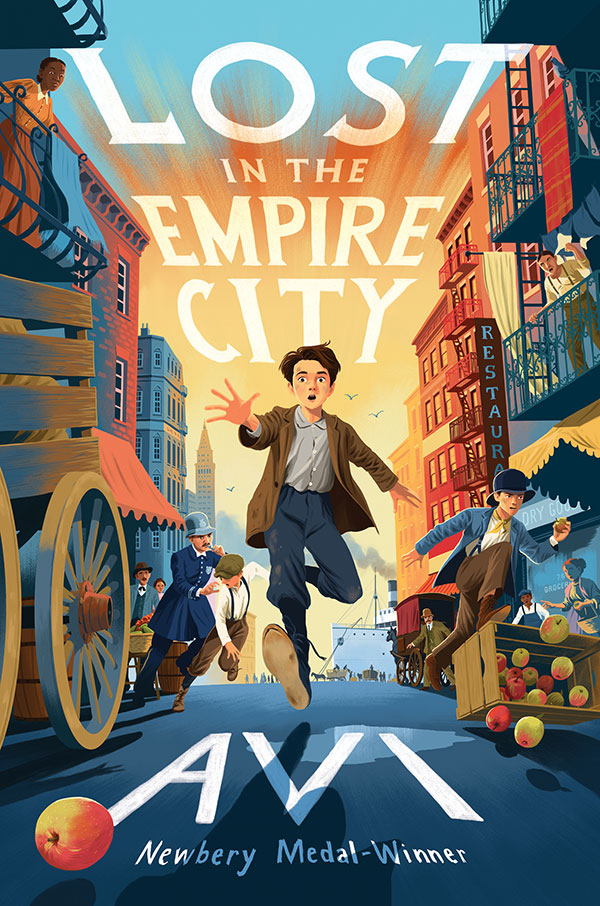Never mind the intense debates about immigration to the USA, unless you are a decedent of North America’s indigenous peoples, we are ALL immigrants or descendants of immigrants. Even my wife — one among the millions who can trace her family history back to the Mayflower — fits within that category. But coming to the Americas has a very long history.
It was in the year 985 AD that Vikings came to North America and established the first European settlement in Newfoundland. It does not appear to have been permanent and is known primarily by some archeological evidence.
Five hundred years later, in 1497, John Cabot, whose Venetian birth name was Giovanni Caboto, sailing with a commission by the English King Henry VII, set down two claimant flags, an English flag, and a Venetian flag, also in Newfoundland. But again no permanent settlement was created.
It’s generally accepted that only in 1565, with the creation of St. Augustine [Florida] the oldest continuously occupied settlement of European and African American origin in the United States came into being. That’s forty years or so before the Jamestown and Massachusetts English settlements were created.
That said, from the 16th century on, immigrants have been coming to what is now the USA. Millions came, each with their own story. Most came voluntarily, but there were many who came in chains — slaves and felons. It was in 1619 that the first slaves came to Virginia, some twelve and a half million. A hundred years later, in 1719, the English government began to use transportation to the colonies as a legal punishment for felons. It is estimated that 50,000 of them were brought to the colonies of Virginia and Maryland.
[My 2019 novel, The End of the World and Beyond, is about this aspect of American history]
It is said that in 1785 George Washington referred to New York City as “The seat of the Empire,” meaning the American Empire. He also spoke of the city as the “pathway to Empire.” Hence the city’s nickname “Empire City.”
All of this sits as background for my forthcoming middle-grade novel, Lost in the Empire City. It’s an early 20th-century story about an Italian boy who immigrates to America only to be separated from his family upon arrival at Ellis Island. How he struggles to survive and find that family in New York City is the essence of this adventure tale. It will be published on the 2024 Fall list by HarperCollins.
The cover art is by David Dean. You’re the first to see it. It’s not even up on the bookstore sites yet.

1 thought on “Immigrants or descendants of immigrants”
Thanks for the commentary that is so spot on and so often ‘forgotten’ about our collectives histories in this nation, this land. I appreciate the lesson on where the word Empire came from when referring to NYC . And best of all, thank you for another book to enlighten your avid Avireaders!